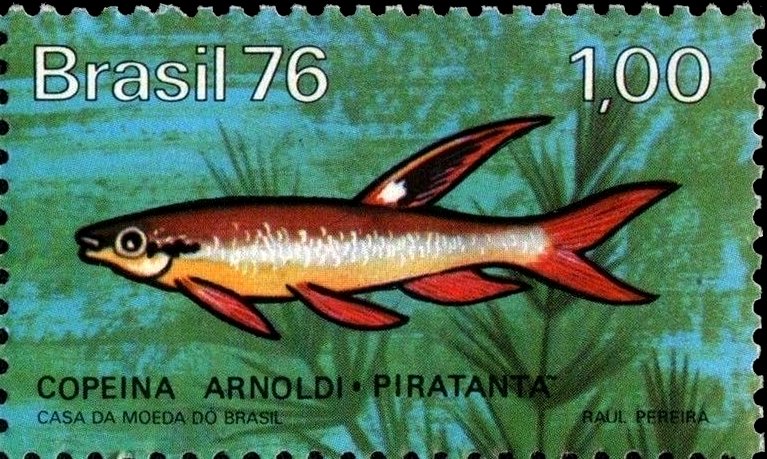
The Copella arnoldi, also known as the splash tetra, has a unique breeding behaviour that involves the male fish splashing water on the eggs to keep them damp:
- The male and female swim vertically to the surface of the water, flick their tails, and leap up to a leaf.
- The female lays 5–8 eggs on the leaf, and the male immediately fertilises them.
- The pair repeats this process several times, laying up to 200 eggs.
- The male then positions himself near the eggs and splashes them with water up to 38 times per hour to keep them moist. He does this from among fine-leaved vegetation, occasionally emerging from cover.
- After 36–72 hours, the eggs hatch and the fry fall into the water. The fry swim for cover, and the male doesn’t provide any parental care after that.
Splash tetra are tropical freshwater fish widely distributed in the Amazon and Orinoco river basins in South America, including parts of Brazil, Peru, Colombia, and Venezuela. They live in shoals in slow-moving water courses and flooded forests. They need overhanging vegetation to breed. The fish is named in honour of German aquarist Johann Paul Arnold, who collected the type specimen.
Image: Postage stamp of copella arnoldi issued by Brazil in 1976, courtesy Wikimedia.
